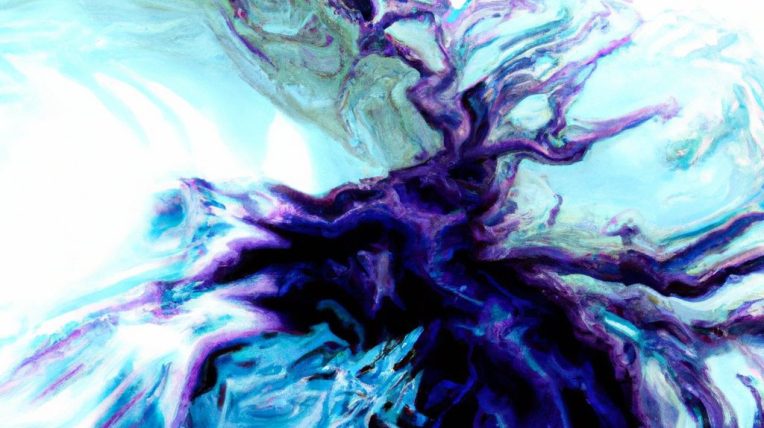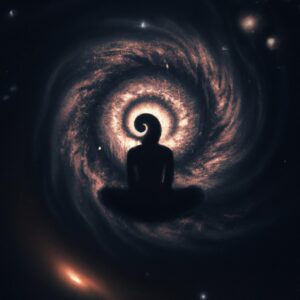Understanding Artificial Intelligence Image Generation
When exploring the world of image generation with artificial intelligence, one encounters a complex but fascinating aspect – diffusion. Image generation diffusion, emerging from the innovative tech giant Google, permits developers to generate detailed and high-resolution images in a unique and engaging manner.
Generative Adversarial Networks: A Primer
For individuals who’ve engaged in AI-based image generation, the preferred technique has generally been generative adversarial networks (GAN). GANs function by employing a deep network trained to produce images. Nevertheless, the prime limitation with GANs is their difficulty to train due to challenges like mode collapse.
- GANs are frequently utilized in AI-based image generation.
- The principal concern with this method is the challenge to train due to issues such as mode collapse.
Diffusion Models: A Simplified Approach
This is the juncture where diffusion models are introduced to make the process simpler, transforming it into a series of manageable small steps. The diffusion technique commences with an image and includes the addition of noise until the image becomes unrecognizable. This emphasizes the necessity to create an ‘inference’ network that can reverse the process to reclaim the original image.
- Diffusion models simplify image generation by deconstructing the process into small, manageable steps.
- An inference network is necessary to reverse the process and recover the original image.
Addressing Noise Removal: The Schedule
The schedule represents the optimal quantity of noise to be added to preserve image clarity. Theoretically, it should be possible to remove all noise incrementally, concluding at the original image.
Realistic Limitations and Guidance
A significant restraint appears when the network doesn’t invariably accurately remove noise, especially if starting from a remarkably noisy image. Nevertheless, if done gradually, the result is typically satisfactory. The resolution for this situation resides in ‘conditioning’ the network with reference inputs to steer image generation towards a specific outcome.
- Incrementally removing all noise should ideally lead back to the original image. However, practical issues, such as the network’s incapacity to correctly remove noise from extremely noisy images may arise.
- Utilizing reference inputs to condition the network can direct the image generation and yield more precise results.
Additional Developments: Classifier-Free Guidance
In order to generate images that are sharp and identifiable, a methodology called Classifier-Free Guidance is employed. The disparities in two parallel process outputs are amplified, guiding the network to generate a more accurate image.
Google’s Stable Diffusion: Streamlining the Process
The intricate process is simplified by Google’s Stable Diffusion to the point where images can be efficiently generated by executing a single function. For those aspiring to comprehend the process more profoundly, more detailed versions of the code are also accessible.
- Google’s Stable Diffusion streamlines image generation to a single function call.
- For a more profound understanding, there are more intricate versions of the code available.
Conclusion: Stable and Directed Image Generation
In conclusion, image generation based on diffusion models presents a captivating and intuitive alternative to generative adversarial networks. It provides a more controlled and consistent method of generating images using AI, complete with step-by-step noise management and keyword guidance.



















